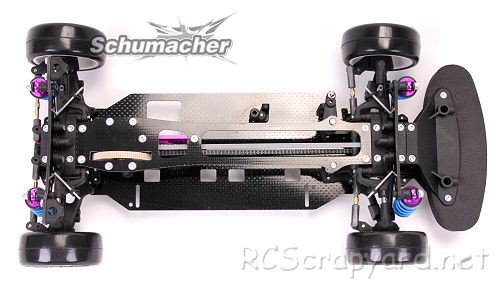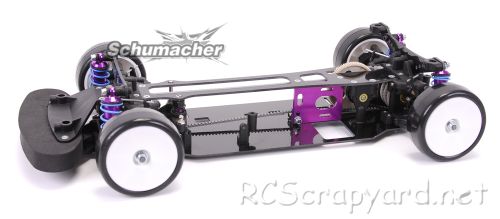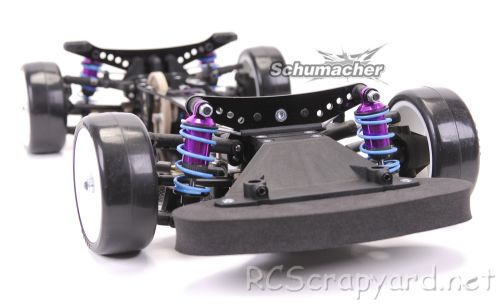

|
|
|


|
|
1/10 Scale Electric Rally/Touring Car:
Schumacher Mi1 - K115 / K116 - Radio Controlled ModelHistory and Info for the Schumacher Mi1:
The original Schumacher Mi1, or Mission, was released in 2001 and ended with the introduction of the Mi2 in 2004. Production of the Mi1 recommenced in 2010 as an ideal entry level model.
▼ Scroll Down for More Images ▼
|
|
|








|
|
|

★ Schumacher Mi1 ★

★ Schumacher Mi1 Chassis ★

★ Schumacher Mi1 Chassis ★

|
Buying a Used Schumacher Mi1
|
|
Manufacturers and Brands Catalogued, Listed and Reviewed by RC-Scrapyard.
At present, the RC Model Manufacturers, Brands and Distributors covered by us are: ABC Hobby, Academy, Acme Racing, Agama Racing, Amewi, Ansmann Racing, ARRMA, Team Associated, Atomic RC, Axial, AYK, Bolink, BSD Racing, Capricorn, Carisma, Carson, Caster Racing, Cen, Corally, Custom Works, Durango, Duratrax, ECX - Electrix, Exceed RC, FG Modellsport, FS-Racing, FTX, Fujimi, Gmade, GS-Racing, Harm, HBX, Helion, Heng Long, Himoto Racing, Hirobo, Hitari, Hobao, Hong-Nor, Hot Bodies, HPI, HSP, Intech, Integy, Jamara, JQ Products, Kawada, Kyosho, Losi, LRP, Maisto, Mardave, Marui, Maverick, MCD Racing, Megatech, Mugen, New Bright, Nichimo, Nikko, Nkok, Ofna, Pro-Pulse, Protech, PTI, RC4WD, Redcat Racing, RJ-Speed, Robitronic, Schumacher, Seben, Serpent, Smartech, Sportwerks, Step-Up, Tamiya, Team-C Racing, Team Magic, Thunder Tiger, Tomy, Top Racing, Traxxas, Trinity, Tyco, Vaterra RC, Venom, VRX Racing, WLToys, X-Factory, Xmods, Xpress, Xray, XTM, Yankee RC, Yokomo, ZD Racing and Zipzaps. |
|
Hints, Tips and Information
Dampers
Dampers, Shock Absorbers, Shocks - call them what you will, they are one of the least understood, but most important tools you have for adjusting the handling characteristics of your RC model.
So how do Dampers work?
Basically what you have is a small amount of silicone oil contained in a sealed cylinder. Through the centre of that cylinder is a metal rod, and on the end of that rod, a piston with a number of small holes in it. Pulling, or pushing the rod in and out of the cylinder, your will notice a certain amount of resistance as the oil is forced through the holes in the piston. |
|
Hints, Tips and Information Electric Motors for RC ModelsBrushless Motor Basics
Choosing the right Brushless motor for your needs can be a daunting task for those new to Radio Controlled Models. If you have a local club perhaps you could ask some of the more experienced members for their advice, but a little basic knowledge about the subject, so you know what questions to ask is always useful. |
|
RC Models:
|
Radio & Motors: |
Other
Accessories: |